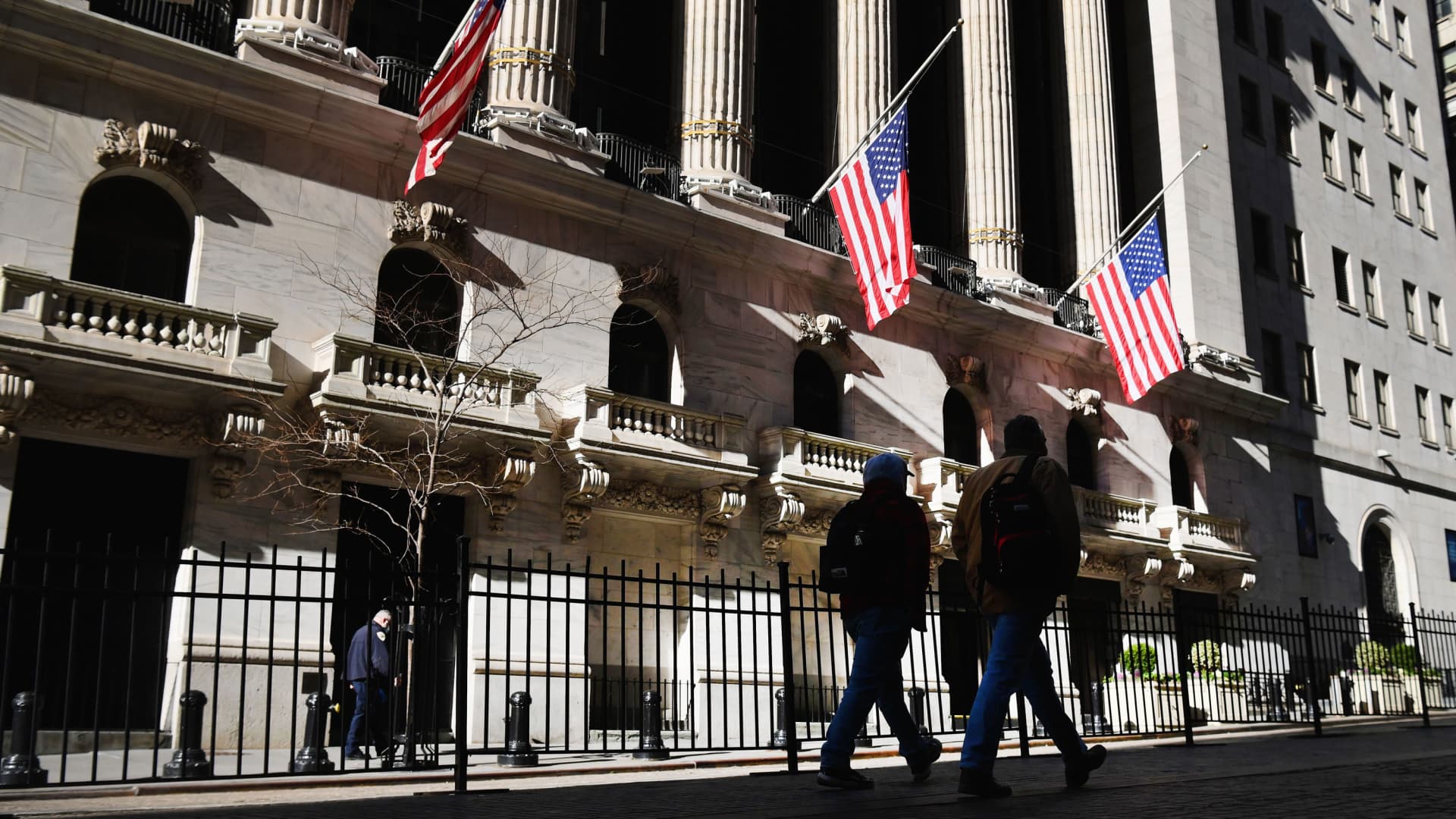Investors’ faith in the genius of private equity (PE) fund managers has reached ever greater heights amid new records in fundraising, deal volume, and asset valuations. These trends have continued in 2022 despite — or perhaps because of — worldwide public market losses.
Aside from maximizing fee income, the ultimate goal of leveraged buyout (LBO) operators is to optimize returns on the capital they manage on behalf of LP investors. While the subtlety of the craft is not restricted to financial tricks, success in PE has long been marketed via masterful delivery and finessing of the internal rate of return (IRR).
What’s in an IRR?
PE firms have a repertoire of tools at their disposal to achieve their target returns. The following drivers represent the five pillars of value creation from the fund manager’s standpoint:
1. Maximize Leverage at Inception and Refinance the Capital Structure Frequently
That is, recapitalize by raising further debt in order to pay out dividends — hence the term “dividend recap.” With this move, the PE firm partially realizes its investment. This can be controversial. Excessive indebtedness and frequent recapitalizations can stretch a borrower’s balance sheet and inhibit its ability to meet loan obligations or adequately fund growth.
2. Complete Bolt-On Acquisitions
This is best performed at lower entry multiples than that originally paid to buy the portfolio company, which makes these add-ons value accretive. Value can then be harvested through the synergies accomplished by merging the acquirer and the targets. This is often the main rationale of buy-and-build strategies for LBOs in the $50 million to $500 million enterprise-value range.
3. Improve Performance and Bolster Cash Flows
This is vital during the ownership period. Operational gains can be affected by:
- Increasing margins through better cost management — relocating production facilities to lower-cost countries, for example — and economies of scale by growing volume.
- Boosting cash generation by reducing working-capital requirements, cutting capital expenditures, minimizing cash leakage, and entering into sale and leaseback agreements.
- Discontinuing or disposing of unprofitable or low-margin activities. This practice earned some early LBO players the moniker “asset-stripper” and was common in the 1970s and 1980s when conglomerates with unrelated and underperforming divisions were sold off piecemeal. Nowadays, few targets suffer from the same lack of focus.
- Growing sales through refined price point strategies, new product launches, etc.

4. Aim for Positive Multiple Arbitrage
This implies exiting a portfolio company at a higher valuation multiple than the one paid at the initial investment stage. Such arbitrage depends on the economic cycle. In up cycles, PE managers will emphasize their skills in securing any gain. When such arbitrage turns negative, however, they will blame poor market conditions. Frankly, multiple expansion is heavily cycle-dependent.
5. Optimize the Investment Holding Period
This is perhaps the most important pillar. Because of the time value of money, most fund managers seek to partially or completely exit investments as soon as they can. What is meant by the time value of money? That time holds value and that a dollar today is worth more than a dollar a year from now. Why? Because that dollar can be put to work for the next 12 months, earning interest or, through productive investments, growing into more than one dollar over the course of the year. It can also lose some of its purchasing power due to increases in the cost of living over the same period — a critical point today amid rising interest rates and high inflation.
This value driver also explains why financial sponsors are obsessed with dividend recaps. While all experienced PE firms place this parameter at the core of their investment strategy, it is both controversial and paradoxical. How can PE firms claim to be long-term value creators if they seek a quick exit at the first opportunity? Early portfolio realization, whether full or partial, greatly contributes to superior returns.

Building the Value Bridge
PE firms include a graph called the “value bridge” in private placement memoranda. Fund managers use these documents to raise money by demonstrating how they will apply the above factors to create value for their LP investors.
One of my previous employers, Candover, was a top-10 European PE shop before being liquidated four years ago. Candover used slightly different metrics from the five pillars listed above in its value bridges, preferring to break out value accretion across four dimensions: sales growth, margin improvement, cash generation, and multiple arbitrage, or some combination thereof. Using this procedure, a value bridge might resemble the following graph:
Vintage Fund 2012: Hypothetical Value Bridge, in US$ Millions

Without precise methodologies to apportion value across the various drivers, value bridges can be constructed and calculated in countless ways. In its 2016 “Evaluating Private Equity’s Performance” report, KPMG outlined a value bridge that only analyzed value creation across three dimensions: increase in EBITDA, increase in multiple, and change in net debt and interim distributions.
The Swedish investment group EQT gave a pithy indication of how portfolio value enhancement was derived in its 2019 IPO prospectus, explaining that “98 percent . . . resulted from company development (i.e., sales growth, strategic repositioning and margin expansion) versus 2 percent from debt repayment.”
When going public last year, the UK firm Bridgepoint stated that “From 2000 to 2020, an estimated 77 per cent of value creation across profitable investments has been driven by revenue growth and earnings improvement . . . with a further 25 per cent driven by multiple expansion at exit as a result of the repositioning of portfolio companies for growth and professionalisation, slightly offset by (2) per cent from deleveraging.”

Watch Out for the Downturn
Excluding loss-making investments from the value bridge is a common trick among fund managers to massage performance reporting. Candover rationalized this behavior, stating that “attributing the loss of value to the different value drivers would be an arbitrary exercise.” It failed to explain why attributing the gain of value to different value drivers wouldn’t itself be arbitrary!
Bridgepoint’s public filing describes “value creation across profitable investments,” which implies that unprofitable deals were also left out of the analysis. In the aftermath of the global financial crisis (GFC), however, many PE firms recorded more loss-making investments than profitable ones. Candover’s experience shows what can happen to PE-backed, overleveraged companies in a severe downturn:
Candover’s 2005 Vintage Fund: The Last 10 Deals
| Transaction | Date of Completion | Enterprise Value (€ Millions) | Cash-on-Cash Equity Return |
| EurotaxGlass’s | June 2006 | 445 | -91% |
| DX Group | September 2006 | 654 | -89% |
| Hilding Anders | October 2006 | 996 | -95% |
| Ferretti | October 2006 | 1,760 | -100% |
| Parques Reunidos | January 2007 | 935 | +25% |
| Capital Safety | June 2007 | 415 | +183% |
| Alma Consulting | December 2007 | 800 | -91% |
| Stork | January 2008 | 1,639 | -33% |
| Technogym | June 2008 | 1,000 | -37% |
| Expro | July 2008 | 2,240 | -76% |
| TOTAL | -54% |
The current sustained rise in interest rates, the ongoing market correction, and the portfolio write-offs that could ensue might well render value bridges unfit for purpose. The methodology can hardly reflect the true performance of fund managers in bear markets.

The lack of proper instructions — let alone auditing standards and procedures — in constructing value bridges explains why it is one of PE firms’ favorite marketing stratagems. Fund managers can readily manipulate the numbers and make questionable claims about EBITDA expansion and growth enhancement to “demonstrate” their capabilities in terms of operational efficiency. Their existing and prospective LP investors cannot challenge the value bridge’s formulas, calculations, and reporting formats, but they are still likely to be positively influenced by them, even if unconsciously.
Yet the value bridge’s largest flaw is not the lack of guidelines or the exclusion of unprofitable investments. Rather, by focusing on absolute capital gains, it fails to show how private equity’s core instrument of value creation — leverage — impacts returns. That will be the subject of the next article in this series.
Parts of this article were adapted from The Debt Trap: How Leverage Impacts Private-Equity Performance by Sebastien Canderle.
If you liked this post, don’t forget to subscribe to the Enterprising Investor.
All posts are the opinion of the author. As such, they should not be construed as investment advice, nor do the opinions expressed necessarily reflect the views of CFA Institute or the author’s employer.
Image credit: ©Getty Images/ra2studio
Professional Learning for CFA Institute Members
CFA Institute members are empowered to self-determine and self-report professional learning (PL) credits earned, including content on Enterprising Investor. Members can record credits easily using their online PL tracker.
















